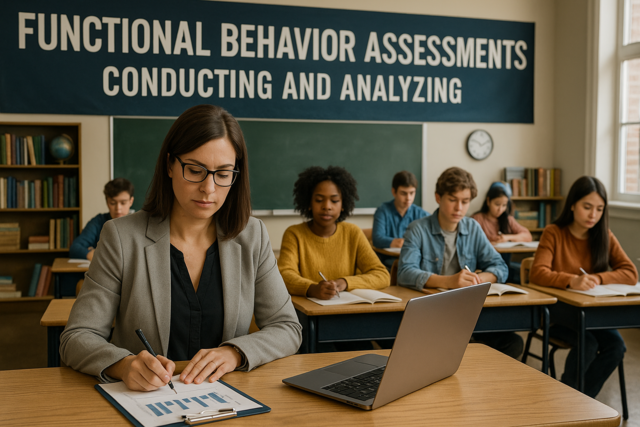Online Class: Teaching Mathematics to Students with Learning Disabilities

-
15Lessons
-
22Exams &
Assignments -
5Hours
average time -
0.5CEUs
Course Description
Welcome to the journey of transforming education, unlocking potential, and igniting passion through our course, "Teaching Mathematics to Students with Learning Disabilities." For educators, caregivers, and aspiring change-makers, this isn't just another course—it's a profound opportunity to redefine how mathematics is taught to those who need it most, carving out pathways for lifelong success and understanding.
Imagine a classroom where every child feels seen and heard, where their differences are celebrated, and their potential is unlocked through innovative teaching strategies tailored to their unique learning styles. This course empowers you to create such an environment, equipping you with the tools and insights to make mathematics not just accessible, but enjoyable and rewarding for students with learning disabilities.
Our course begins with a fundamental truth: every student has the inherent capability to excel in math, regardless of the challenges they face. As an educator, your role as a guide and nurturer becomes more pronounced when teaching students with learning disabilities. Here, you'll learn to harness the power of multisensory learning, transforming abstract mathematical concepts into tangible experiences. You will discover how to engage multiple senses simultaneously—visual, auditory, and kinesthetic—bringing math to life in vibrant ways tailored for every learner.
We delve deep into understanding dyscalculia and other math-related learning disabilities, unraveling the cognitive intricacies and exploring how these challenges affect students' learning journeys. Through this exploration, you'll gain the ability to foster a growth mindset, not just within yourself but in every student you teach. Creating a fear-free, mistake-friendly environment where students perceive errors as stepping stones to mastery is not just encouraged—it's a pivotal part of the educational experience we champion.
Imagine the implementation of the CRA Framework—a step-by-step method that transitions students smoothly from concrete to abstract thinking. This approach is nothing short of revolutionary, ensuring that inclusivity is not an add-on, but a core part of your teaching ethos. Each module in the course unpacks innovative ways to recognize and amplify the strengths of diverse learners, transforming challenges into opportunities for growth.
The course also embraces the cultural contexts of learning. We delve into understanding how integrating students' cultural backgrounds can make learning more relatable and inspiring. Your new insights and strategies will enable you to turn every lesson into a culturally significant journey, one where every student feels a profound connection to the subject matter.
Moreover, we recognize the silent struggle of many—math anxiety. Through this course, you will master the art of turning apprehension into enthusiasm. You'll learn to recognize the signs of math anxiety early, using personalized learning plans to alleviate fears and encourage active participation.
Our course is more than just an academic pursuit; it's a call to action. With the support of industry-leading experts and a community of passionate educators, you'll embark on a transformative journey that equips you to make profound changes in the educational experiences of students with learning disabilities. You will gain more than just knowledge—you'll gain a mission.
By the end of this course, you will be equipped with an arsenal of strategies, insights, and real-world applications. You'll be prepared to step confidently into any classroom, ready to inspire and improve the futures of countless students. This course is your launchpad for change, nurturing your passion for inclusive education and fostering a world where every student can not only do math but love it too.
In "Teaching Mathematics to Students with Learning Disabilities," you're not just enrolling in a course; you're joining a movement. A movement to make education accessible, joyful, and empowering for all students. Take this next step with us, and watch as you make a difference in the world of education—one student at a time. Enroll now, and transform lives, starting with your own.
- Business
- Business Ethics Courses
- Harassment Prevention Courses
- Human Resources Certifications
- Management
- Aromatherapy Courses
- Caregiver Courses
- Career Development Courses
- Communications Courses
- Confidence and Self Esteem Courses
- Healing
- Human Anatomy Courses
- Medical Skills
- Health & Medicine
- Nutrition
- Marketing
- Microsoft Office Certification Courses
- Life Coaching Courses
- Self-Improvement
- Small Business Certifications
- Safety
- Writing Improvement
- Business Writing Courses
Course Lessons
Lesson 1. Tailored Educational Strategies for Math Struggles
 Review Practice Worksheet: Lesson-1-Downloadable-17629.pdf
Review Practice Worksheet: Lesson-1-Downloadable-17629.pdf Lesson discussions: Reasons for Taking this Course
Lesson discussions: Reasons for Taking this Course Assessment: Lesson 1 Review Exam
Assessment: Lesson 1 Review Exam
Lesson 2. Decoding Dyscalculia: Insights into Math Learning Disabilities
 Review Practice Worksheet: Lesson-2-HomeWork-17632.pdf
Review Practice Worksheet: Lesson-2-HomeWork-17632.pdf Assessment: Lesson 2 Review Exam
Assessment: Lesson 2 Review Exam
Lesson 3. Enhancing Math Education: The Power of Multisensory Learning for Students with Disabilities
 Review Practice Worksheet: Lesson-3-HomeWork-17635.pdf
Review Practice Worksheet: Lesson-3-HomeWork-17635.pdf Assessment: Lesson 3 Review Exam
Assessment: Lesson 3 Review Exam
Lesson 4. Understanding Learning Needs in Numeracy
 Review Practice Worksheet: Lesson-4-WorkSheet-17638.pdf
Review Practice Worksheet: Lesson-4-WorkSheet-17638.pdf Complete: Lesson 4 Activity
Complete: Lesson 4 Activity Assessment: Lesson 4 Review Exam
Assessment: Lesson 4 Review Exam
Lesson 5. Customized Learning Approaches for Math Students
 Review Practice Worksheet: Lesson-5-HomeWork-17639.pdf
Review Practice Worksheet: Lesson-5-HomeWork-17639.pdf Complete: Lesson 5 Activity
Complete: Lesson 5 Activity Assessment: Lesson 5 Review Exam
Assessment: Lesson 5 Review Exam
Lesson 6. Beyond Barriers: Strategies for Effective Math Instruction for Students with Learning Disabilities
 Review Practice Worksheet: Lesson-6-Activity-17640.pdf
Review Practice Worksheet: Lesson-6-Activity-17640.pdf Assessment: Lesson 6 Review Exam
Assessment: Lesson 6 Review Exam
Lesson 7. Mathematical Mastery through the CRA Approach
 Review Practice Worksheet: Lesson-7-WordSearch-17641.pdf
Review Practice Worksheet: Lesson-7-WordSearch-17641.pdf Complete: Lesson 7 Activity
Complete: Lesson 7 Activity Assessment: Lesson 7 Review Exam
Assessment: Lesson 7 Review Exam
Lesson 8. Navigating Math Challenges in Education
 Review Practice Worksheet: Lesson-8-Downloadable-17643.pdf
Review Practice Worksheet: Lesson-8-Downloadable-17643.pdf Complete: Lesson 8 Activity
Complete: Lesson 8 Activity Assessment: Lesson 8 Review Exam
Assessment: Lesson 8 Review Exam
Lesson 9. Harnessing Diverse Learning Styles in Math Education
 Review Practice Worksheet: Lesson-9-WorkSheet-17645.pdf
Review Practice Worksheet: Lesson-9-WorkSheet-17645.pdf Complete: Lesson 9 Activity
Complete: Lesson 9 Activity Assessment: Lesson 9 Review Exam
Assessment: Lesson 9 Review Exam
Lesson 10. Strategies for Teaching Math to Students with Dyscalculia: A Practical Approach
 Review Practice Worksheet: Lesson-10-WordSearch-17647.pdf
Review Practice Worksheet: Lesson-10-WordSearch-17647.pdf Complete: Lesson 10 Activity
Complete: Lesson 10 Activity Assessment: Lesson 10 Review Exam
Assessment: Lesson 10 Review Exam
Lesson 11. Understanding and Managing Math Anxiety in Students
 Review Practice Worksheet: Lesson-11-WorkSheet-17650.pdf
Review Practice Worksheet: Lesson-11-WorkSheet-17650.pdf Assessment: Lesson 11 Review Exam
Assessment: Lesson 11 Review Exam
Lesson 12. Inclusive Mathematics: The Role of Peer Support for Students with Learning Disabilities
 Review Practice Worksheet: Lesson-12-WordSearch-17652.pdf
Review Practice Worksheet: Lesson-12-WordSearch-17652.pdf Complete: Lesson 12 Activity
Complete: Lesson 12 Activity Assessment: Lesson 12 Review Exam
Assessment: Lesson 12 Review Exam
Lesson 13. Math Anxiety Unveiled
 Review Practice Worksheet: Lesson-13-WordSearch-17654.pdf
Review Practice Worksheet: Lesson-13-WordSearch-17654.pdf Assessment: Lesson 13 Review Exam
Assessment: Lesson 13 Review Exam
Lesson 14. Unlocking Potential: How Understanding Learning Styles Transforms Math Education
 Review Practice Worksheet: Lesson-14-WorkSheet-17656.pdf
Review Practice Worksheet: Lesson-14-WorkSheet-17656.pdf Assessment: Lesson 14 Review Exam
Assessment: Lesson 14 Review Exam
Lesson 15. Unpacking Math Language Challenges for Learners with Disabilities
 Review Practice Worksheet: Lesson-15-HomeWork-17658.pdf
Review Practice Worksheet: Lesson-15-HomeWork-17658.pdf Lesson discussions: End of Course Poll; Course Comments
Lesson discussions: End of Course Poll; Course Comments Assessment: Lesson 15 Review Exam
Assessment: Lesson 15 Review Exam
Learning Outcomes
- Demonstrate the ability to implement personalized interventions using tangible learning aids and assistive technology to improve mathematical understanding for students with learning disabilities.
- Recognize the unique challenges and strengths of students with learning disabilities in math and describe targeted instructional strategies to support their learning.
- Define the specific brain regions commonly associated with dyscalculia and describe their roles in mathematical processing.
- Demonstrate how to use multisensory learning strategies, such as visual aids and tactile activities, to enhance mathematical understanding for students with dyscalculia.#
- Demonstrate the ability to solve mathematical problems using manipulatives, interactive technology, and tactile activities, leading to improved comprehension and retention of concepts.
- Identify and describe the role of visual, auditory, and kinesthetic-tactile elements in enhancing understanding and engagement among students with learning disabilities in mathematics.
- Define number sense and describe its importance in building a strong foundation for students with learning disabilities by recognizing relationships between numbers and developing intuitive understanding through visual aids.
- Demonstrate problem-solving skills by applying metacognitive strategies, breaking down mathematical problems using step-by-step processes, and using scaffolding techniques to enhance comprehension in students with learning disabilities.
- Demonstrate the application of differentiated instructional strategies by designing a tailored activity that incorporates visual aids or manipulatives for math students with learning disabilities.
- Recognize diverse learning needs in mathematics by identifying specific challenges and strengths of students with learning disabilities within a given classroom context.
- Demonstrate the application of assistive technologies, such as interactive simulations and virtual manipulatives, to effectively address the learning needs of students with dyscalculia in mathematics.
- Define customized teaching strategies that leverage a student's unique cognitive strengths to improve their mathematical understanding despite learning disabilities.
- Differentiate between the Concrete, Representational, and Abstract phases of the CRA framework to demonstrate understanding of mathematical concepts using appropriate teaching methods.
- Demonstrate mastery of lesson content at levels of 70% or higher.
Additional Course Information
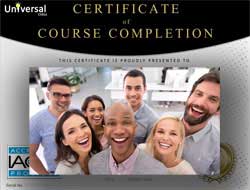
- Document Your Lifelong Learning Achievements
- Earn an Official Certificate Documenting Course Hours and CEUs
- Verify Your Certificate with a Unique Serial Number Online
- View and Share Your Certificate Online or Download/Print as PDF
- Display Your Certificate on Your Resume and Promote Your Achievements Using Social Media

Related Courses
-
 5 hours
0.5 CEUs
Family Dynamics and Trauma: Unraveling the Impact on Relationships
+ More Info
5 hours
0.5 CEUs
Family Dynamics and Trauma: Unraveling the Impact on Relationships
+ More Info
-
 4 hours
0.4 CEUs
Assertiveness Training for Professionals
+ More Info
4 hours
0.4 CEUs
Assertiveness Training for Professionals
+ More Info
-
 5 hours
0.5 CEUs
Creating a Safe and Supportive Learning Environment
+ More Info
5 hours
0.5 CEUs
Creating a Safe and Supportive Learning Environment
+ More Info
-
 7 hours
0.7 CEUs
Civic Education and Engagement
+ More Info
7 hours
0.7 CEUs
Civic Education and Engagement
+ More Info
-
 6 hours
0.6 CEUs
Building an Effective Personal Brand
+ More Info
6 hours
0.6 CEUs
Building an Effective Personal Brand
+ More Info
-
 5 hours
0.5 CEUs
Family Futures: Creating Lasting Legacies
+ More Info
5 hours
0.5 CEUs
Family Futures: Creating Lasting Legacies
+ More Info
-
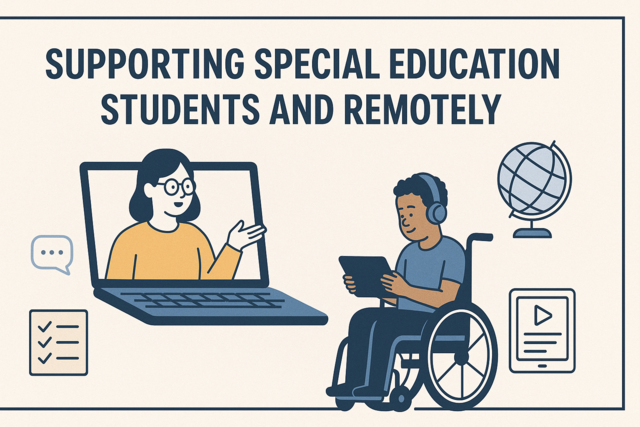 5 hours
0.5 CEUs
Supporting Special Education Students Virtually and Remotely
+ More Info
5 hours
0.5 CEUs
Supporting Special Education Students Virtually and Remotely
+ More Info
-
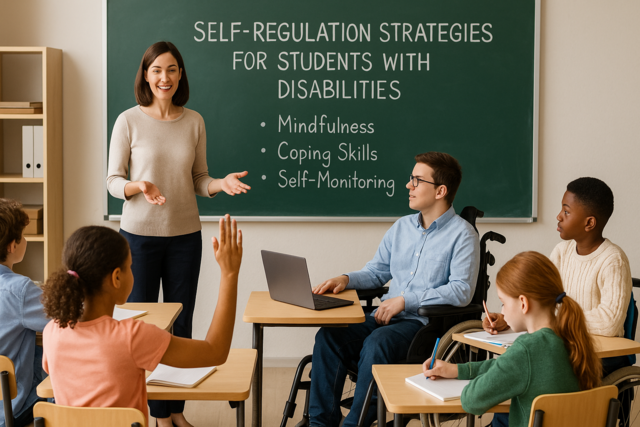 3 hours
0.3 CEUs
Self-Regulation Strategies for Students with Disabilities
+ More Info
3 hours
0.3 CEUs
Self-Regulation Strategies for Students with Disabilities
+ More Info
-
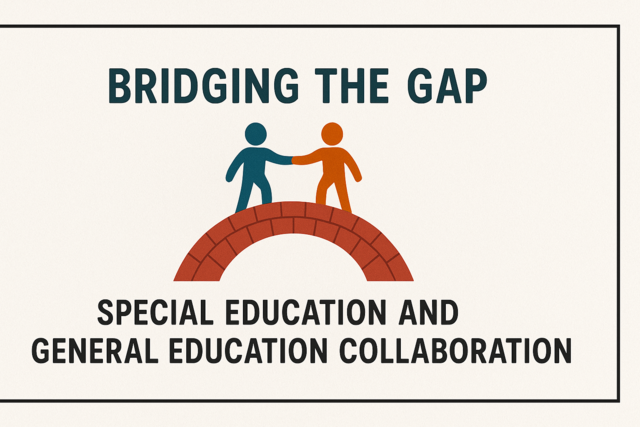 4 hours
0.4 CEUs
Bridging the Gap: Special Education and General Education Collaboration
+ More Info
4 hours
0.4 CEUs
Bridging the Gap: Special Education and General Education Collaboration
+ More Info
-
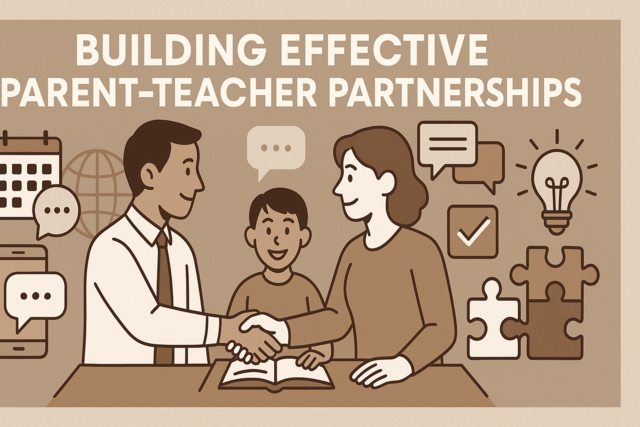 6 hours
0.6 CEUs
Building Effective Parent-Teacher Partnerships
+ More Info
6 hours
0.6 CEUs
Building Effective Parent-Teacher Partnerships
+ More Info
-
 6 hours
0.6 CEUs
Remote Leadership and Team Management
+ More Info
6 hours
0.6 CEUs
Remote Leadership and Team Management
+ More Info
-
 7 hours
0.7 CEUs
Style Sovereign: The Power of Personal Branding in Luxury Fashion
+ More Info
7 hours
0.7 CEUs
Style Sovereign: The Power of Personal Branding in Luxury Fashion
+ More Info
-
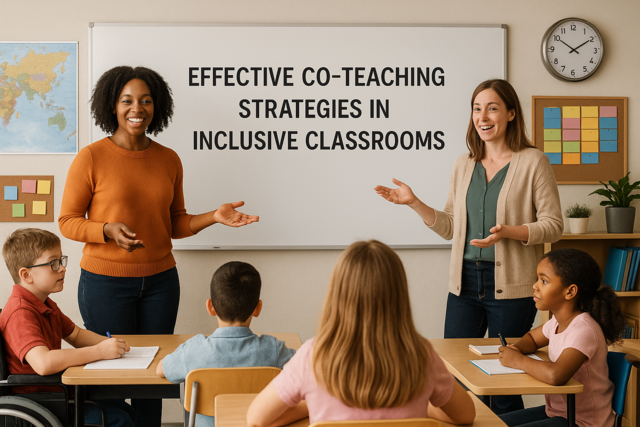 5 hours
0.5 CEUs
Effective Co-Teaching Strategies in Inclusive Classrooms
+ More Info
5 hours
0.5 CEUs
Effective Co-Teaching Strategies in Inclusive Classrooms
+ More Info
-
 3 hours
0.3 CEUs
Exploring Parallel Universes
+ More Info
3 hours
0.3 CEUs
Exploring Parallel Universes
+ More Info
-
 3 hours
0.3 CEUs
Career Resilience and Adaptability
+ More Info
3 hours
0.3 CEUs
Career Resilience and Adaptability
+ More Info
-
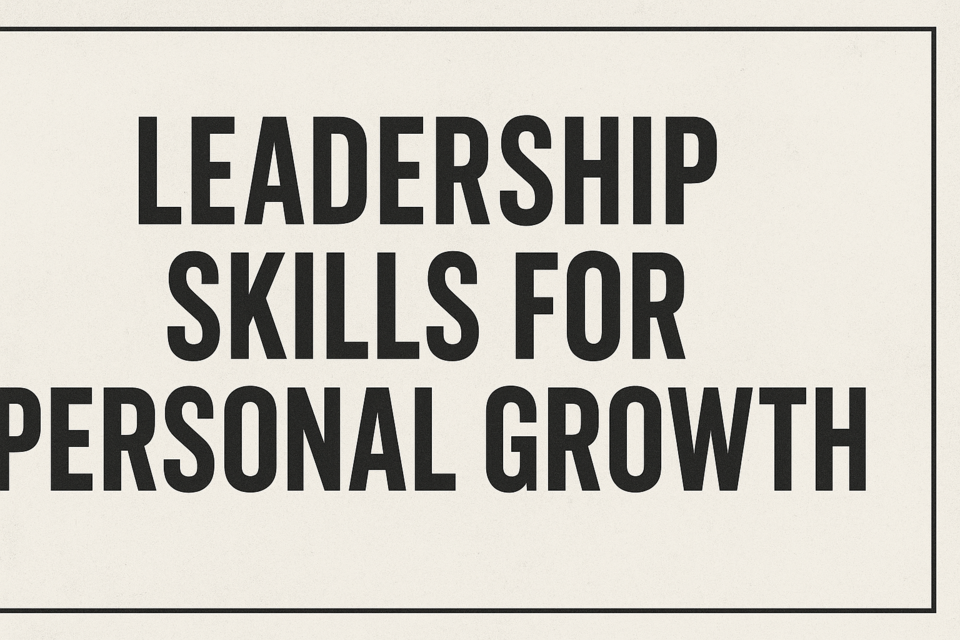 4 hours
0.4 CEUs
Leadership Skills for Personal Growth
+ More Info
4 hours
0.4 CEUs
Leadership Skills for Personal Growth
+ More Info
-
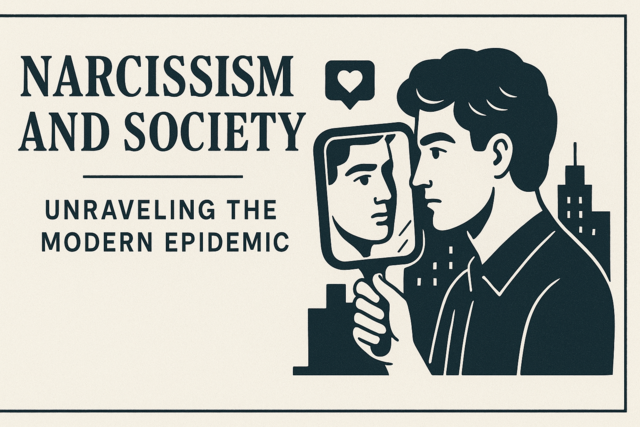 6 hours
0.6 CEUs
Narcissism and Society: Unraveling the Modern Epidemic
+ More Info
6 hours
0.6 CEUs
Narcissism and Society: Unraveling the Modern Epidemic
+ More Info
-
 6 hours
0.6 CEUs
Conscious Coupledom: Building Mindful Partnerships
+ More Info
6 hours
0.6 CEUs
Conscious Coupledom: Building Mindful Partnerships
+ More Info
-
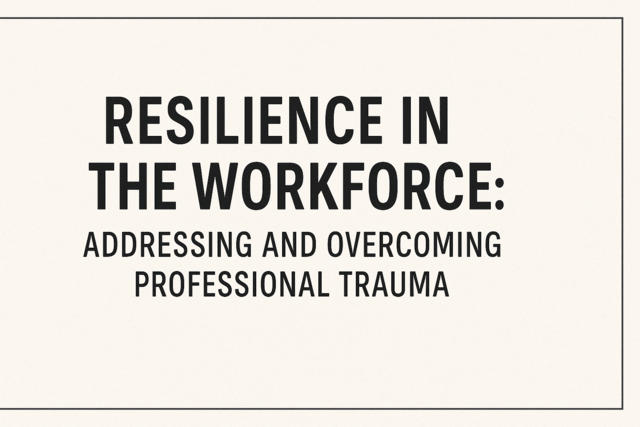 4 hours
0.4 CEUs
Resilience in the Workforce: Addressing and Overcoming Professional Trauma
+ More Info
4 hours
0.4 CEUs
Resilience in the Workforce: Addressing and Overcoming Professional Trauma
+ More Info
-
 4 hours
0.4 CEUs
Enhancing Student Engagement and Motivation
+ More Info
4 hours
0.4 CEUs
Enhancing Student Engagement and Motivation
+ More Info
-
 3 hours
0.3 CEUs
Cybersecurity Basics for All
+ More Info
3 hours
0.3 CEUs
Cybersecurity Basics for All
+ More Info
-
 7 hours
0.7 CEUs
Authentic Connections: The Importance of Transparency in Relationships
+ More Info
7 hours
0.7 CEUs
Authentic Connections: The Importance of Transparency in Relationships
+ More Info
-
 6 hours
0.6 CEUs
Classroom Management for New Teachers
+ More Info
6 hours
0.6 CEUs
Classroom Management for New Teachers
+ More Info
-
 5 hours
0.5 CEUs
Advanced Communication Skills for the Workplace
+ More Info
5 hours
0.5 CEUs
Advanced Communication Skills for the Workplace
+ More Info
-
 3 hours
0.3 CEUs
Leadership in Love: Fostering Growth in Family Relations
+ More Info
3 hours
0.3 CEUs
Leadership in Love: Fostering Growth in Family Relations
+ More Info
-
 6 hours
0.6 CEUs
Mysterious Forces in the Cosmos
+ More Info
6 hours
0.6 CEUs
Mysterious Forces in the Cosmos
+ More Info
-
 5 hours
0.5 CEUs
Understanding and Reducing Bias
+ More Info
5 hours
0.5 CEUs
Understanding and Reducing Bias
+ More Info
-
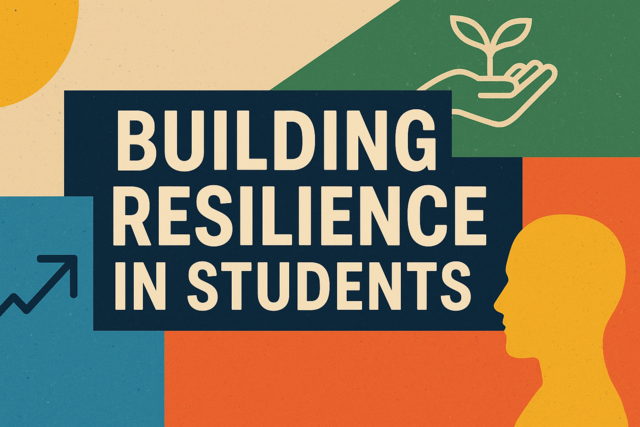 3 hours
0.3 CEUs
Building Resilience in Students
+ More Info
3 hours
0.3 CEUs
Building Resilience in Students
+ More Info
-
 6 hours
0.6 CEUs
The Vogue of Now: An Insight into Modern Fashion Trends
+ More Info
6 hours
0.6 CEUs
The Vogue of Now: An Insight into Modern Fashion Trends
+ More Info
-
 5 hours
0.5 CEUs
Breaking Bad Patterns: Creating New Relationship Traditions
+ More Info
5 hours
0.5 CEUs
Breaking Bad Patterns: Creating New Relationship Traditions
+ More Info
-
 6 hours
0.6 CEUs
Introduction to Data Analytics
+ More Info
6 hours
0.6 CEUs
Introduction to Data Analytics
+ More Info
-
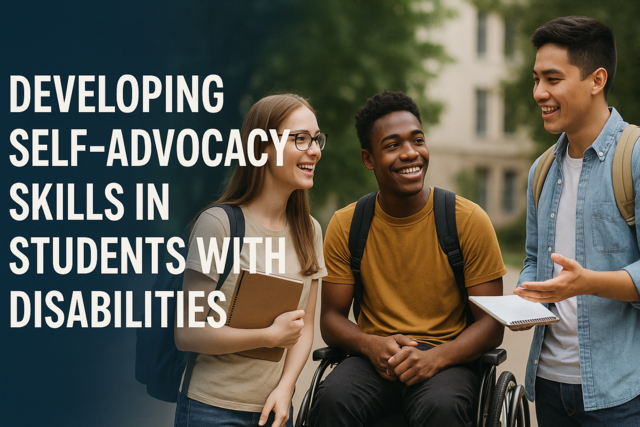 4 hours
0.4 CEUs
Developing Self-Advocacy Skills in Students with Disabilities
+ More Info
4 hours
0.4 CEUs
Developing Self-Advocacy Skills in Students with Disabilities
+ More Info
-
 3 hours
0.3 CEUs
Dapper & Distinguished: Men's Fashion Essentials
+ More Info
3 hours
0.3 CEUs
Dapper & Distinguished: Men's Fashion Essentials
+ More Info
-
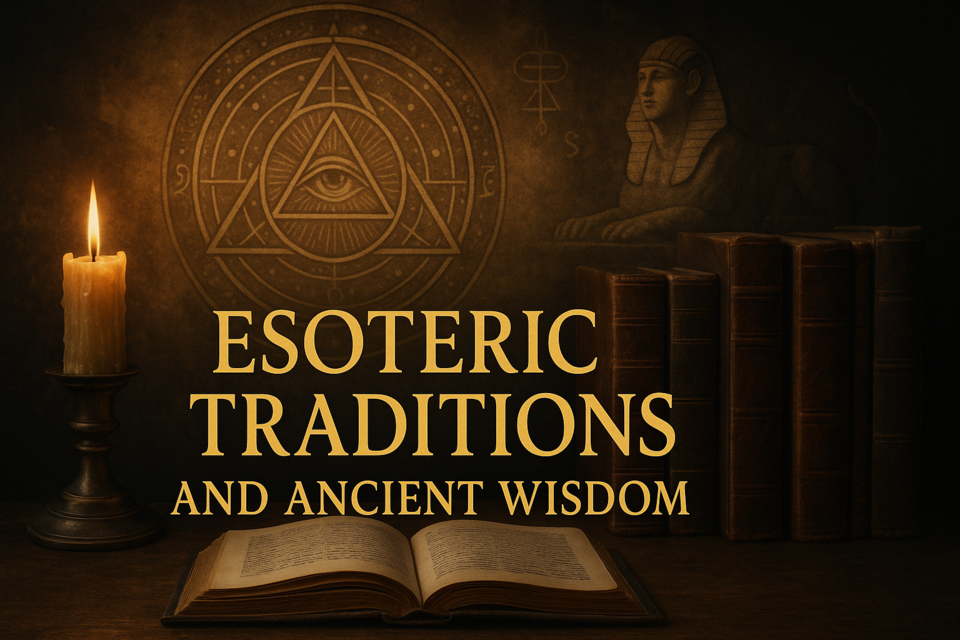 4 hours
0.4 CEUs
Esoteric Traditions and Ancient Wisdom
+ More Info
4 hours
0.4 CEUs
Esoteric Traditions and Ancient Wisdom
+ More Info
-
 6 hours
0.6 CEUs
Spirit World: Communicating Beyond the Veil
+ More Info
6 hours
0.6 CEUs
Spirit World: Communicating Beyond the Veil
+ More Info
-
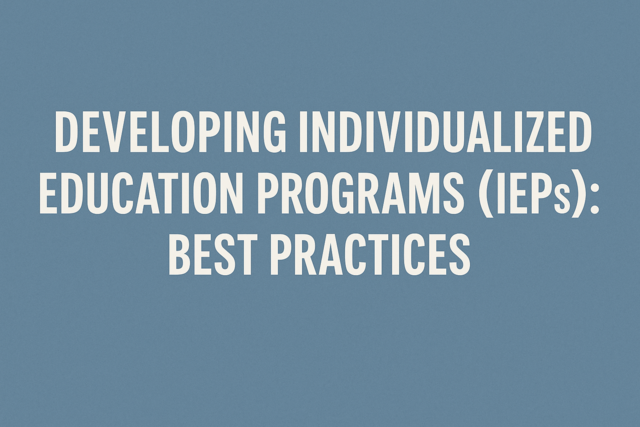 4 hours
0.4 CEUs
Developing Individualized Education Programs (IEPs): Best Practices
+ More Info
4 hours
0.4 CEUs
Developing Individualized Education Programs (IEPs): Best Practices
+ More Info
-
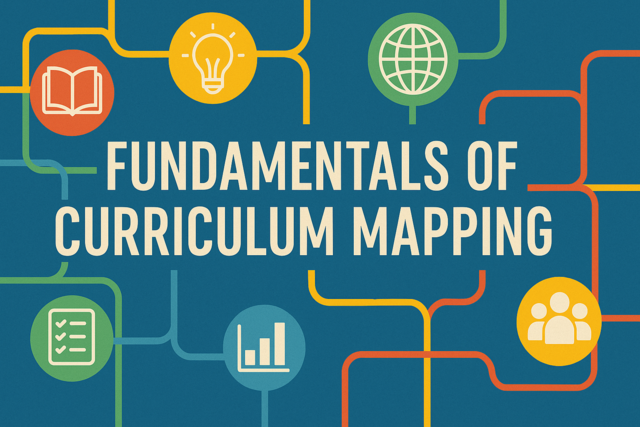 5 hours
0.5 CEUs
Fundamentals of Curriculum Mapping
+ More Info
5 hours
0.5 CEUs
Fundamentals of Curriculum Mapping
+ More Info
-
 4 hours
0.4 CEUs
Understanding Artificial Intelligence
+ More Info
4 hours
0.4 CEUs
Understanding Artificial Intelligence
+ More Info
-
 4 hours
0.4 CEUs
Preparing for a Career Change
+ More Info
4 hours
0.4 CEUs
Preparing for a Career Change
+ More Info
-
 6 hours
0.6 CEUs
The Friendship Formula: Building Trust in Personal Networks
+ More Info
6 hours
0.6 CEUs
The Friendship Formula: Building Trust in Personal Networks
+ More Info


